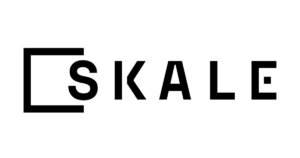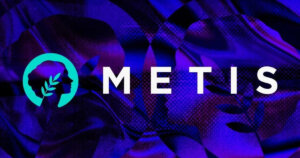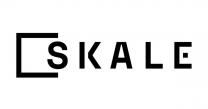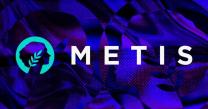Dock’s path to decentralized governance

Disclaimer: This is a sponsored press release. Readers should conduct their own research prior to taking any actions related to the content mentioned in this article. Learn more ›
Decentralized governance is an essential part of creating the Dock Network. It is not possible to entirely remove centralized intermediaries from issuing and managing credentials without it. The team at Dock has already taken a number of steps on the path to decentralized governance, this article takes a look at those and the project’s future steps below.
Dock Governance in Phase 1
The Dock Network will undergo several stages of development and the network governance will accordingly evolve alongside it. During the current first phase, the foundation for decentralized governance has been built with the setup of the Dock Association, a Swiss non-profit dedicated to overseeing the development, adoption and marketing of the Dock Network. The location of this entity provides legal clarity to the entire Dock ecosystem.
In tandem with the corporate changes, the launch of the mainnet will see a select number of validators providing resources to the network, producing blocks and validating the transactions of other validators and thus moving control of the network away from any single entity.
However, Dock is taking a pragmatic approach to increased decentralization and rather than making all the changes at one time the team is making changes incrementally. During this phase, the Association will retain the role of Master, which can be thought of as a superuser that can make crucial changes to the network. For example; adding and removing validators, upgrading source code and affecting block rewards are just some of the actions that can be taken. There will be no votes from token holders during the Danforth testnet phase.
Phase 2
A few months after the mainnet launch, the network will transition to a new governance phase, which we call Vulcan-2. This phase will introduce democracy to the network, in the form of proposals and the Governing Council. The governing council will sit on the board of the Association and will be composed of a diverse group of individuals. Professor Bill Buchanan, head of computing science at Edinburgh’s Napier University is a member.
The members of the Council and Dock token holders will be able to propose changes to the Network, including the addition and removal of validators. Once every 20 days, a proposal will be picked up from the queue and the members of the Council will vote on the proposal. Should the Council vote to pass the proposal, then the proposed changes will take effect in 2 days.
Proof-of-stake Empowers Dock Token Holders
Dock plans to transition the Network to Proof of Stake (PoS) consensus in Q2 of 2021. This new phase will implement further democracy within the governance structure, including the way in which validators are selected, the method for punishing misbehaving validators, and the scope and process of voting.
Validators will no longer be selected by the Dock Association or the Council, and instead will be selected through the Web3 Foundation’s Nominated Proof of Stake (NPoS) scheme. In this set-up, those hoping to become validators can stake their own tokens or have other token holders (called “nominators”) stake tokens for them. The candidates with the largest stakes will become validators.
Proof-of-stake will also mark the end of the Master account. Instead, all Dock token holders can vote on proposed changes to the ecosystem. It will also be possible for token holders to submit their own proposal, alongside the Council.
For information on Dock’s mainnet launch head to https://www.dock.io/mainnet
Any organizations looking to find out more about issuing on Dock network can get in touch at [email protected]
Developers looking to start building can find out more can head over to the company’s developer docs at https://docs.dock.io/build











































